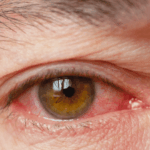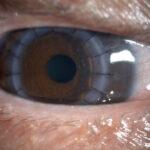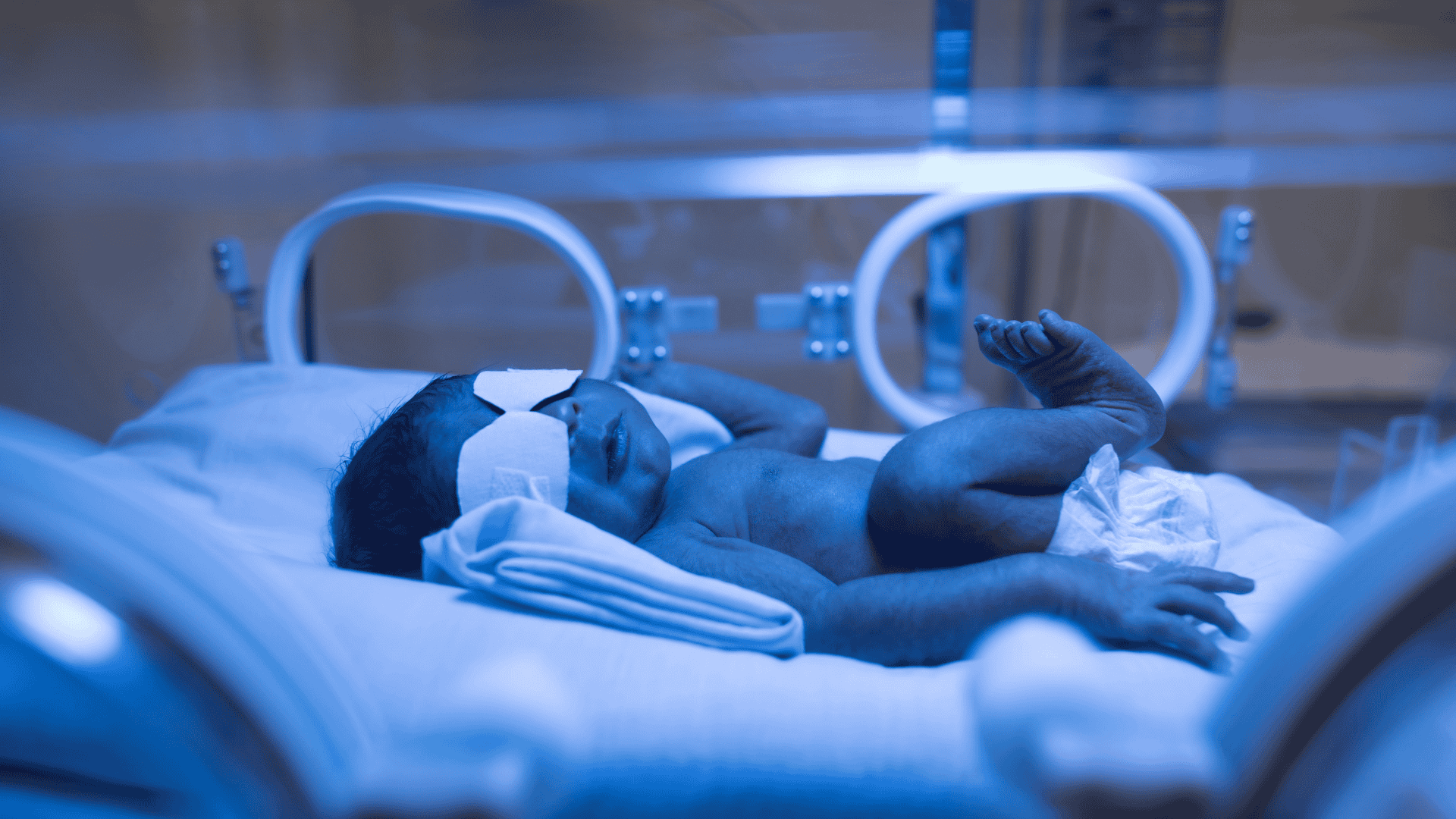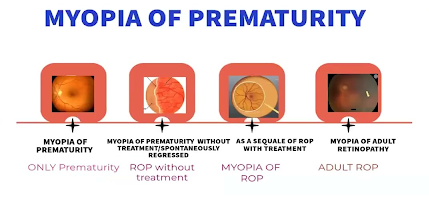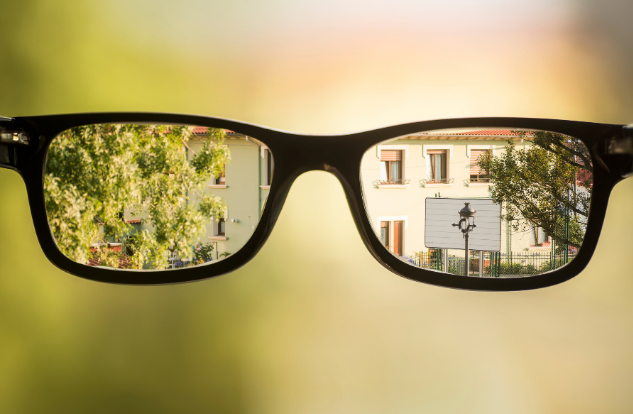Do your children’s prescriptions (“eye power”) keep increasing, or do they need to change their glasses often? These could be signs of progressive myopia (short-sightedness), a condition that often worsens during childhood and can lead to serious complications like retinal detachment, maculopathy, and glaucoma if not managed. Early intervention is crucial in controlling its progression.
How Does Myopia Control Work?
It has been proven that reducing the elongation rate of the eyeball (axial length) can slow down myopia progression. Various treatment options are available:
- Atropine eye drops: A low dose of atropine (0.01%) is used to relax the ciliary muscle in the eye and reduce the stimulus that elongates the eyeball. The drops are applied before bedtime.
- Ortho-K lenses: Ortho-K lenses are worn overnight to reshape the cornea, providing clear daytime vision without glasses while helping to control myopia progression.
- Myopia control glasses: These glasses create peripheral defocus, helping to slow down the elongation of the eyeball.
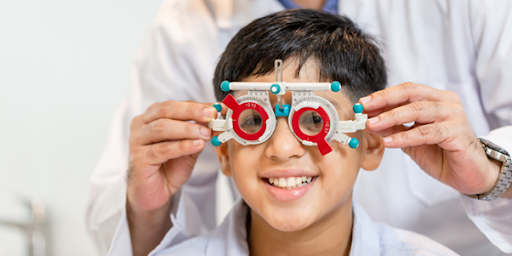
What is a Myopia Clinic?
A myopia clinic specializes in managing and monitoring myopia. Key services include:
- Refraction: Your child’s prescription will be checked to update the current status of myopia.
- Cycloplegic refraction: Also known as dilated refraction, this test uses eye drops to temporarily relax the eye muscles for a more accurate prescription reading.
- Axial length measurements: Axial length refers to the length of the eyeball, and its measurement helps track the progression of myopia. For example, Aladdin, a non-invasive optical biometry device, is used in OasisEye Specialists to measure axial length. This allows us to compare the length of the eyeball from time to time to assess the effectiveness of myopia control treatments like orthokeratology, atropine eye drops, and myopia control lenses.
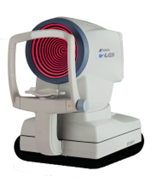
Treatment recommendations: Based on these assessments, treatment options like atropine, Ortho-K, or myopia control glasses may be suggested. A separate fitting session is conducted for Ortho-K lenses to ensure proper fit.
When to Consider a Myopia Clinic Visit?
Consider visiting the myopia clinic if any of the following apply:
- Myopia progresses by 0.50 D or more per year
- Frequent changes in glasses or prescription within a year
- Interested in exploring alternative treatments to control myopia progression
Lifestyle Modification for Myopia Control:
Lifestyle changes can significantly impact the progression of myopia, especially in children. Implementing these habits early can reduce the risk of developing high myopia.
- Increased Outdoor Time:
- Spending at least 2 hours outdoors daily can reduce myopia onset and progression.
- Sunlight exposure is believed to stimulate dopamine release in the retina, which may inhibit excessive eye growth.
- Reduced Screen Time and Near Work:
- Prolonged near-work activities (e.g., reading, using smartphones, tablets, or computers) can strain the eyes and contribute to myopia progression.
- The “20-20-20 Rule” can help: Every 20 minutes, take a 20-second break to look at something 20 feet away.
- Proper Lighting and Ergonomics:
- Ensure adequate lighting while reading or working on screens to prevent eye strain.
- Maintain a proper reading distance (at least 30-40 cm from books and screens).
- Encouraging Visual Breaks:
- Encourage children to take regular breaks from screens and engage in physical activities.
- Balancing indoor and outdoor activities can reduce the risk of eye strain and myopia progression.

Importance of Myopia Control:
Myopia control is essential for both eye health and quality of life. Uncontrolled myopia can lead to long-term complications and impact overall well-being.
Health Benefits:
- Prevention of High Myopia: Slowing myopia progression can reduce the risk of developing high myopia (typically defined as -6.00D or worse).
- Reduced Risk of Eye Diseases:
- Retinal Detachment: High myopia can stretch the retina, making it thinner and prone to tears or detachment.
- Myopic Maculopathy: Degenerative changes in the retina due to excessive eye elongation can lead to vision loss.
- Glaucoma: Increased eye pressure in highly myopic eyes can raise the risk of optic nerve damage.
- Cataracts: People with high myopia may develop cataracts earlier.
Before starting treatment, it is recommended to consult with a paediatric ophthalmologist. The myopia clinic is led by Dr. Sunder Ramasamy, Dr. Norhafizah Hamzah, Dr. Norazah Abdul Rahman, and the team of optometrists at OasisEye Specialists in Bangsar South (Kuala Lumpur). A consultation can guide you in managing your child’s myopia and recommend the most effective course of action.


